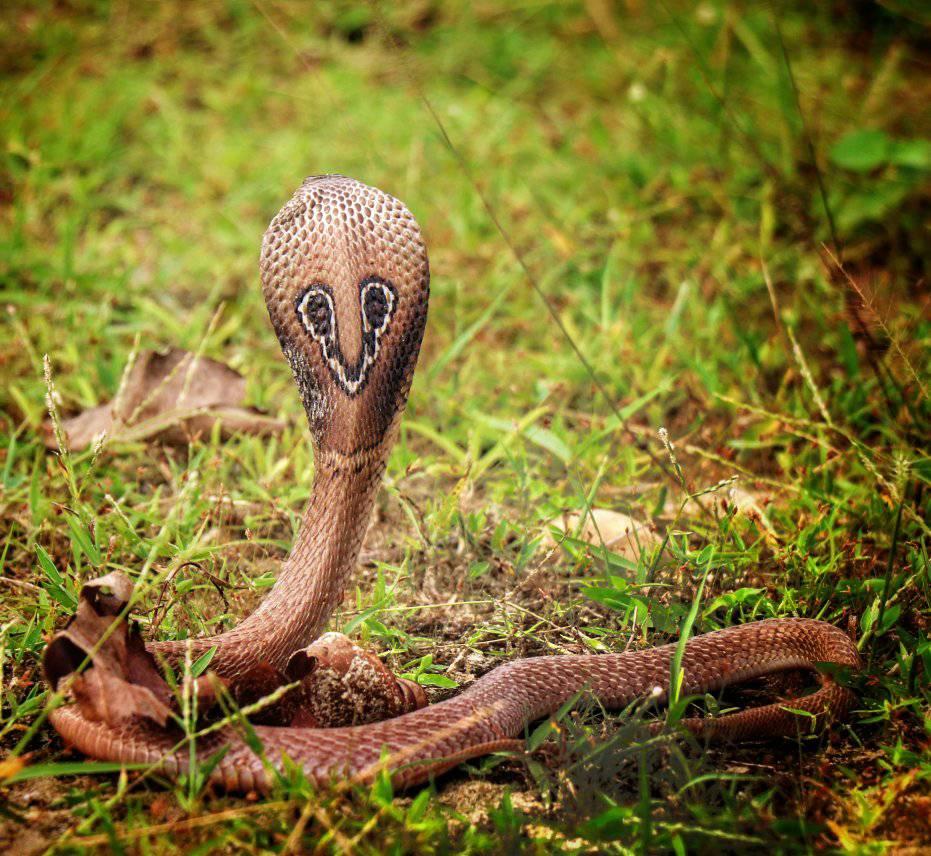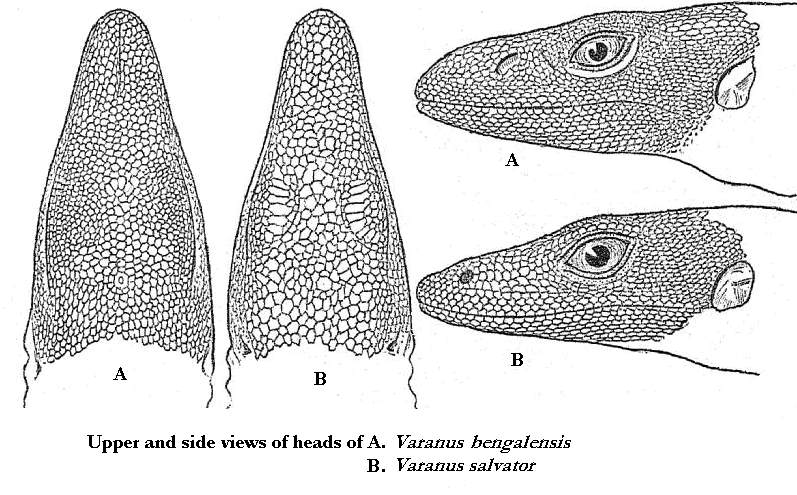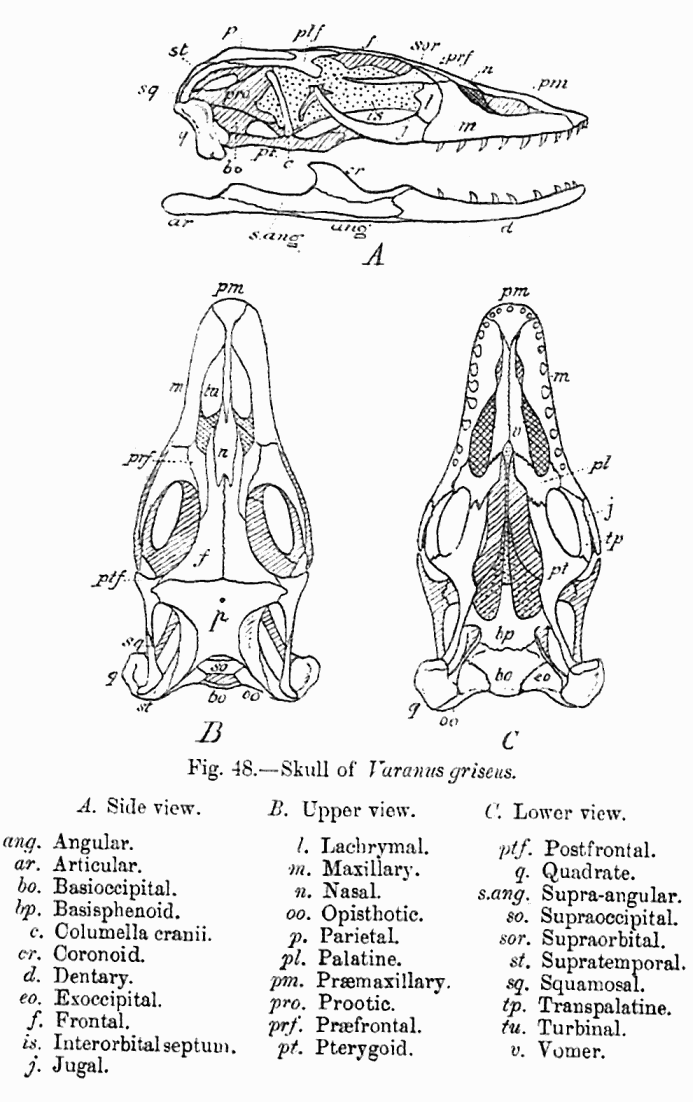|
Amblyomma Gervaisi
''Amblyomma gervaisi'' is a hard-bodied tick of the genus '' Amblyomma''. The tick is a parasite of snakes, such as '' Naja naja'', '' Python molurus'' species and monitor species such as '' Varanus ocellatus'', ''Varanus yemenensis'', ''Varanus benghalensis'', '' Varanus griseus'' and many other ''Varanus'' species in southeastern Asia and Asia-minor. They exhibit sexual dimorphism. They can be found in Sri Lanka Sri Lanka (, ; si, ශ්රී ලංකා, Śrī Laṅkā, translit-std=ISO (); ta, இலங்கை, Ilaṅkai, translit-std=ISO ()), formerly known as Ceylon and officially the Democratic Socialist Republic of Sri Lanka, is an ..., India, Yemen, Saudi Arabia. It is a potential vector for '' Coxiella burnetii''. References External linksBorrelia sp. phylogenetically different from Lyme disease- and relapsing fever-related Borrelia spp. in Amblyomma varanense from Python reticulatus [...More Info...] [...Related Items...] OR: [Wikipedia] [Google] [Baidu] |
Tick
Ticks (order Ixodida) are parasitic arachnids that are part of the mite superorder Parasitiformes. Adult ticks are approximately 3 to 5 mm in length depending on age, sex, species, and "fullness". Ticks are external parasites, living by feeding on the blood of mammals, birds, and sometimes reptiles and amphibians. The timing of the origin of ticks is uncertain, though the oldest known tick fossils are from the Cretaceous period, around 100 million years old. Ticks are widely distributed around the world, especially in warm, humid climates. Ticks belong to two major families, the Ixodidae or hard ticks, and the Argasidae, or soft ticks. '' Nuttalliella,'' a genus of tick from southern Africa is the only member of the family Nuttalliellidae, and represents the most primitive living lineage of ticks. Adults have ovoid/pear-shaped bodies (idiosomas) which become engorged with blood when they feed, and eight legs. Their cephalothorax and abdomen are completely fused. In ad ... [...More Info...] [...Related Items...] OR: [Wikipedia] [Google] [Baidu] |
Amblyomma
''Amblyomma'' is a genus of hard ticks. Some are disease vectors, for example the Rocky Mountain spotted fever in Brazil or ehrlichiosis in the United States. This genus is the third largest in the family Ixodidae, with its species primarily occupying the torrid zones of all the continents. The centre of species diversity is on the American continent, where half of all the species occur. On this continent, ''Amblyomma'' species reach far beyond the torrid zone, up to the 40th parallel in the Northern Hemisphere, to the 50th parallel in the Southern Hemisphere, and even reaches the alpine zone of the Andes. They also occur in Eurasia, Africa and Australia. G. V. Kolonin, Fauna of Ixodid Ticks of the World (Acari, Ixodidae), Moscow 2009 Species * '' A ...[...More Info...] [...Related Items...] OR: [Wikipedia] [Google] [Baidu] |
Snake
Snakes are elongated, limbless, carnivorous reptiles of the suborder Serpentes . Like all other squamates, snakes are ectothermic, amniote vertebrates covered in overlapping scales. Many species of snakes have skulls with several more joints than their lizard ancestors, enabling them to swallow prey much larger than their heads ( cranial kinesis). To accommodate their narrow bodies, snakes' paired organs (such as kidneys) appear one in front of the other instead of side by side, and most have only one functional lung. Some species retain a pelvic girdle with a pair of vestigial claws on either side of the cloaca. Lizards have evolved elongate bodies without limbs or with greatly reduced limbs about twenty-five times independently via convergent evolution, leading to many lineages of legless lizards. These resemble snakes, but several common groups of legless lizards have eyelids and external ears, which snakes lack, although this rule is not universal (see Amphisbae ... [...More Info...] [...Related Items...] OR: [Wikipedia] [Google] [Baidu] |
Naja Naja
The Indian cobra (''Naja naja''), also known as the spectacled cobra, Asian cobra, or binocellate cobra, is a species of Naja, cobra found in India, Pakistan, Bangladesh, Sri Lanka, Nepal, and Bhutan, and a member of the Big Four (Indian snakes), "big four" species that are responsible for the most snakebite cases in India. It is distinct from the king cobra which belongs to the monotypic genus ''Ophiophagus''. The Indian cobra is revered in Hindu mythology and Hinduism#Culture, culture, and is often seen with snake charmers. It is a protected species under the ''Wild Life (Protection) Act, 1972, Indian Wildlife Protection Act'' (1972). Taxonomy The Genus, generic name and the Species, specific epithet ''naja'' is a Latinisation of the Sanskrit language, Sanskrit word () meaning "cobra". The Indian cobra is classified under the genus ''Naja'' of the family Elapidae. The genus was first described by Josephus Nicolaus Laurenti in 1768. The species ''Naja naja'' was first descr ... [...More Info...] [...Related Items...] OR: [Wikipedia] [Google] [Baidu] |
Python Molurus
The Indian python (''Python molurus'') is a large python species native to tropical and subtropical regions of the Indian subcontinent and Southeast Asia. It is also known by the common names black-tailed python, Indian rock python, and Asian rock python. Although smaller than its close relative the Burmese python, it is still among the largest snakes in the world. It is generally lighter colored than the Burmese python and reaches usually . Like all pythons, it is nonvenomous. Description The rock python's color pattern is whitish or yellowish with the blotched patterns varying from tan to dark brown shades. This varies with terrain and habitat. Specimens from the hill forests of Western Ghats and Assam are darker, while those from the Deccan Plateau and Eastern Ghats are usually lighter. All pythons are non-venomous. The nominate subspecies occurring in India typically grows to . This value is supported by a 1990 study in Keoladeo National Park, where 25% of the python ... [...More Info...] [...Related Items...] OR: [Wikipedia] [Google] [Baidu] |
Varanus Yemenensis
The Yemen monitor (''Varanus yemenensis'') is a species of '' Varanus'' that lives in Yemen and southwestern Saudi Arabia. Discovery Although the species was first described in 1988 by Wolfgang Böhme et al. under the name ''Varanus yemensis'', specimens have been collected since the late 19th century to be held by the British Museum by 1903. However, it was assumed that they were mislabelled and actually came from Africa. The discovery was made in an odd manner: two years before the first description Wolfgang Böhme recognized a yet undescribed species of monitor lizard filmed in a TV documentary about nature in Yemen. A few months later, 8 voucher specimens were brought to Europe. The holotype specimen is ZFMK 46500, a subadult. Distribution The Yemen monitor inhabits mainly the Tihama, which is the southwest coast of the Arabian Peninsula from Ta'izz and Khobar to the south of Wadi Maraba and the foothills of the southwestern Arabian mountain range. It occurs at altitudes ... [...More Info...] [...Related Items...] OR: [Wikipedia] [Google] [Baidu] |
Varanus Benghalensis
The Bengal monitor (''Varanus bengalensis''), also called the common Indian monitor, is a monitor lizard distributed widely in the Indian Subcontinent, as well as parts of Southeast Asia and West Asia. This large lizard is mainly a terrestrial animal, and its length ranges from about from the tip of the snout to the end of the tail. Young monitors may be more arboreal, but adults mainly hunt on the ground, preying mainly on arthropods, but also taking small terrestrial vertebrates, ground birds, eggs and fish. Although large Bengal monitors have few predators apart from humans who hunt them for meat, younger individuals are hunted by many predators. Description The Bengal monitor can reach 175 cm with a snout-to-vent length (SVL) of 75 cm and a tail of 100 cm. Males are generally larger than females. Heavy individuals may weigh nearly 7.2 kg. The populations of monitors in India and Sri Lanka differ in the scalation from those of Myanmar; these populations ... [...More Info...] [...Related Items...] OR: [Wikipedia] [Google] [Baidu] |
Varanus Griseus
The desert monitor (''Varanus griseus'') is a species of monitor lizard of the order Squamata found living throughout North Africa and Central and South Asia. The desert monitor is carnivorous, feeding on a wide range of vertebrates and invertebrates.Bennett, D‘’Desert Monitor, Grey Monitor’’ ''A Little Book of Monitor Lizards'', Viper Press, 1995 Description Body features ''Varanus griseus'' monitor lizards normally display a variety of body coloration from light brown and yellow to grey. They average about one meter in length, but can reach total body lengths of almost two meters. These lizards can also have horizontal bands on either their backs or tails, along with yellow spots across their backs. Their young are normally a brightly colored orange and have distinctive bands across their backs which may be lost as they mature. Their nostrils are slits located farther back on their snouts (closer to the eyes than the nose), and their overall body size is dependent o ... [...More Info...] [...Related Items...] OR: [Wikipedia] [Google] [Baidu] |
Sexual Dimorphism
Sexual dimorphism is the condition where the sexes of the same animal and/or plant species exhibit different morphological characteristics, particularly characteristics not directly involved in reproduction. The condition occurs in most animals and some plants. Differences may include secondary sex characteristics, size, weight, colour, markings, or behavioural or cognitive traits. These differences may be subtle or exaggerated and may be subjected to sexual selection and natural selection. The opposite of dimorphism is ''monomorphism'', which is when both biological sexes are phenotypically indistinguishable from each other. Overview Ornamentation and coloration Common and easily identified types of dimorphism consist of ornamentation and coloration, though not always apparent. A difference in coloration of sexes within a given species is called sexual dichromatism, which is commonly seen in many species of birds and reptiles. Sexual selection leads to the exaggerat ... [...More Info...] [...Related Items...] OR: [Wikipedia] [Google] [Baidu] |
Sri Lanka
Sri Lanka (, ; si, ශ්රී ලංකා, Śrī Laṅkā, translit-std=ISO (); ta, இலங்கை, Ilaṅkai, translit-std=ISO ()), formerly known as Ceylon and officially the Democratic Socialist Republic of Sri Lanka, is an island country in South Asia. It lies in the Indian Ocean, southwest of the Bay of Bengal, and southeast of the Arabian Sea; it is separated from the Indian subcontinent by the Gulf of Mannar and the Palk Strait. Sri Lanka shares a maritime border with India and Maldives. Sri Jayawardenepura Kotte is its legislative capital, and Colombo is its List of cities in Sri Lanka, largest city and financial centre. Sri Lanka has a population of around 22 million (2020) and is a multinational state, home to diverse cultures, languages, and ethnicities. The Sinhalese people, Sinhalese are the majority of the nation's population. The Tamils, who are a large minority group, have also played an influential role in the island's history. Other long establ ... [...More Info...] [...Related Items...] OR: [Wikipedia] [Google] [Baidu] |
India
India, officially the Republic of India ( Hindi: ), is a country in South Asia. It is the seventh-largest country by area, the second-most populous country, and the most populous democracy in the world. Bounded by the Indian Ocean on the south, the Arabian Sea on the southwest, and the Bay of Bengal on the southeast, it shares land borders with Pakistan to the west; China, Nepal, and Bhutan to the north; and Bangladesh and Myanmar to the east. In the Indian Ocean, India is in the vicinity of Sri Lanka and the Maldives; its Andaman and Nicobar Islands share a maritime border with Thailand, Myanmar, and Indonesia. Modern humans arrived on the Indian subcontinent from Africa no later than 55,000 years ago., "Y-Chromosome and Mt-DNA data support the colonization of South Asia by modern humans originating in Africa. ... Coalescence dates for most non-European populations average to between 73–55 ka.", "Modern human beings—''Homo sapiens''—originated in Africa. Th ... [...More Info...] [...Related Items...] OR: [Wikipedia] [Google] [Baidu] |





